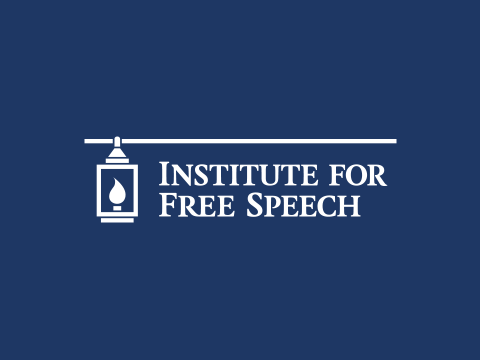The FEC has found a way to regulate outside "527" organizations that everyone believes Congress may get around to regulating in legislative proposals; proposals thus far not passed, and not signed.
In addition to expanding its ability to find expenditures (as we described in Part I) the Commission has expanded its ability to find contributions. This was done by way of a Second Circuit opinion, called FEC v. Survival Education Fund, Inc., 65 F.3d 285 (1995) ("SEF").
The Survival Education Fund was a not-for-profit corporation founded in 1978 to educate the public regarding nuclear and alternative sources of energy. At the time of the 1984 Presidential election cycle, Survival Education Fund used its treasury funds to co-sponsor a mailer to the general public. The mailer sought "help", saying it was "urgent" that the public "respond to [their] message as soon as possible … as a favor to [us] and for the future of the country." SEF at 288. The mailer continued:
"As the November election approaches, [Survival Education Fund] needs to know your opinions on whether four more years of the Reagan administration’s … policies will destroy all hope for nuclear disarmament, peace abroad, and economic justice here at home.
"This survey is part of [a] concerted grassroots effort … to educate Americans who will be voting in November to vote Peace in ’84.
"Funds are urgently needed to help defray the enormous cost of … coordinating this nationwide effort. All that millions of Americans need are the facts we can provide to determine for themselves what dangers await our nation under four more years of Reagan leadership [and] why Ronald Reagan and his anti-people policies must be stopped. … So, please return your survey and your check immediately."
SEF at 288 – 289.
The FEC, as a party to case in the mid-1990s, alleged that Survival Education Fund violated 2 U.S.C. § 441d(a) by failing to place a disclaimer on a public mailing that expressly advocated the election or defeat of a clearly identified candidate or solicited a contribution. The disclaimer would have disclosed who paid for the mailing and whether it was authorized by, or made independently of, a candidate or candidate’s committee.
The Second Circuit in SEF did not determine whether the mailer expressly advocated Reagan’s defeat, but decided instead that Survival Education Fund had a right to finance the mailer using its treasury funds, whether or not it contained express advocacy, because it qualified for the exemption from FECA’s corporate source prohibition by operation of the Supreme Court’s opinion in MCFL.
But the Second Circuit had to determine whether the mailer solicited a contribution, funds solicited for the purpose of influencing an election for Federal office.
Here the Second Circuit looked to Buckley. In Buckley, the Supreme Court identified three types of contributions regulable under FECA: 1) "contributions made directly or indirectly to a candidate, political party, or campaign committee;" 2) "contributions made to other organizations or individuals but earmarked for political purposes;" and 3) "expenditures [coordinated] with a candidate, his agents, or an authorized committee of the candidate." Buckley, 424 U.S. at 78. It was the second type of contribution that intrigued the Second Circuit; funds "earmarked for political purposes."
The Second Circuit reasoned that "Buckley’s definition of independent expenditures … provides a limiting principle for the definition of contribution in 431(8)(A)(i), as applied to groups acting independently of any candidate or his agents and which are not political committees under FECA." Id. at 295. It then interpreted the phrase "earmarked for political purposes" as including those funds "that will be converted to expenditures subject to regulation under FECA". SEF at 295.
The Second Circuit then held that "[e]ven if a communication does not itself constitute express advocacy, it may still fall within the reach of § 441d(a) if it contains solicitations clearly indicating that the contributions will be targeted to the election or defeat of a clearly identified candidate for federal office." Id.
In its 2004 rulemaking on political committee status, 69 Fed. Reg. 68056 (Nov. 23, 2004), the Commission used the Second Circuit’s rationale to adopt an added definition of "contribution" at 11 CFR 100.57. The regulation "classifies all funds provided in response to a communication as contributions under FECA, if the communication indicates that any portion of the funds will be used to support or oppose the election of a clearly identified candidate." Id. at 68057.
The question is whether the Second Circuit’s rationale in SEF supports such a sweeping pronouncement in every case, and can, in the hard cases, do the work the Commission hopes it will do.












